A smart wearable device (also known as a wearable device, a wearable smart device, etc.) refers to an electronic communication device that is embedded in a garment or exists in the form of an accessory or a wearable article. Specifically, smart wearable devices combine the functions of collecting, recording, storing, displaying, transmitting, analyzing, and solving information with our daily wear and become part of our wear, such as clothes, hats, glasses, and bracelets. , watches, shoes, etc. (Figure 1). Smart wearable devices have two characteristics: first, it is a hardware terminal with computing, storage, or transmission capabilities; second, it innovatively embeds technologies such as multimedia, sensors, and wireless communications into people's clothing or makes them more portable. And create subversive applications and interactive experiences.
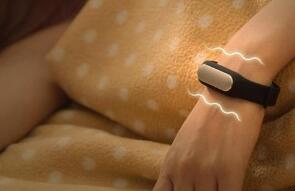
At present, there are two main classification methods for smart wearable devices. One is to divide according to the application field, and the other is to divide according to the main functions. From the perspective of application field division, the classification method of IMS Research, an internationally renowned market research company, is adopted. It is considered that the current smart wearable devices are mainly applied to four major fields: fitness and health, medical and health care, industrial and military, information and entertainment, and specific products. There are about 20 kinds (Table 1). From the main function division, it can be divided into three categories: life health, information consultation and somatosensory control (Table 2). Among them, life-health equipment includes sports, body wristbands and smart bracelets; information and information equipment includes smart watches and smart glasses; and somatosensory control devices have various body controllers.


Smart wearable devices are still in their infancy, and many companies are starting to make a move. Since 2013, the mobile smart wearable market has gradually warmed up, various types of products have emerged, and the application fields have expanded. However, the industry is still in its infancy, the product scale is limited, the software and hardware patterns are fragmented, and the consumer market has not yet started on a large scale. Many manufacturers have entered the field since 2013, including Google, Apple, Sony, Samsung, Pepple, Nike, Jawbone, Shanda Shell, Yingqu Technology and other domestic and foreign companies, has launched smart glasses, smart watches, smart bracelets, Smart shoes and other products.
In 2014, smart wearable devices once again became a hotspot for technology products. Samsung and Sony launched new products such as smart bracelets and new-generation smart watches in addition to the original smart watch products. Other ICT manufacturers have followed suit. Intel has released a variety of products, including smart watches, smart earphones, smart headsets, etc. Epson, Lumus and other smart glasses products, domestic Huawei, ZTE, Xiaomi, Baidu, Qihoo and other smart terminal manufacturers And Internet companies have also begun to follow the smart watches, smart bracelets, smart glasses and other product areas, more companies began to force smart wearable devices.
Smart wearable devices have not yet formed a situation similar to the oligopoly in the field of smart phones, showing diversified development. Wearable devices have various forms and fragmentation features. In addition to mainstream wearable products such as wristbands, watches, and glasses, smart wearables, shoes, gloves, school bags, crutches, jewelry and other innovative wearable products are also emerging. The application scenarios and scope of use are infiltrating into other industries such as clothing, home, car, security, etc., presenting new ideas for more diversified development. The advantages of each company's products for different forms are different, leading to a situation in which the market is divided.
According to market data from analyst firm Canalys, in the first half of 2014, the global smart wristband sold 4.4 million pieces, while the smart watch was about 1.8 million pieces. The wristband and watch were the main products in the wearable device market. Early-stage startups such as Fitbit and Jawbone have certain advantages in the field of smart wristbands, occupying the top two in the smart wristband market. Samsung, a traditional ICT giant, is rapidly catching up in the field of smart watches, with more than the second quarter. The new product, its share began to exceed the startup Pebble, and Pebble and Sony jointly led the smart watch market.
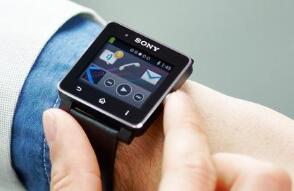
1. The smart wearable market will be open
So far, although Samsung, Sony, Pebble and other manufacturers have launched smart watches; Nike, Fitbit and other manufacturers account for about 90% of the fitness equipment market share, but there is still no single manufacturer. Even Samsung introduced GalaxyGear and tried to promote it as a pioneer of smart watches in the market. However, due to the lack of products, it is still difficult for users to recognize.
Therefore, not the technology giant will succeed, Apple and Google may also enter the field of wearable devices to intensify competition. Obviously, if you want to unify the market, it is very difficult in a short period of time.
2, fitness equipment will continue to be popular
At present, various fitness bracelets, wristbands and other products can be said to be the most popular wearable devices, and this phenomenon will continue. First of all, because modern people are gradually paying attention to even health conditions, such products can easily monitor the amount of exercise and sleep state every day. Another reason is that they are simple and easy to use. With the advent of new sensors, more advanced equipment, such as non-invasive blood glucose monitoring equipment, is expected.
3. More brands will appear
With the entry of companies such as Qualcomm and Intel, more new brands and products will emerge in the wearable device market. For example, Qualcomm released a Toq smart watch in 2013 to achieve good interactive functions through a lightweight system. It is expected that chip manufacturers will gradually platform the wearable devices and introduce more convenient solutions. Since the design and manufacture of wearable devices is not as complicated as mobile phones and PCs, some medical equipment companies and traditional watch manufacturers will try to enter wearables. Equipment field.
4, will emphasize more design sense and aesthetics
Most of the smart glasses, watches and other equipment on the market seem to be too "technical", not the fashion items we can use in daily life. Obviously, design is more fashionable is a trend, we have seen brands such as Pebble and MarTIan launched products closer to ordinary watches, and Google glasses also launched a common black frame flat frame in 2014.
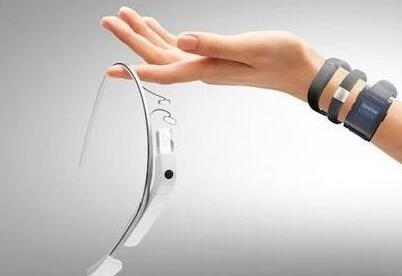
5, glasses and watches are just the beginning
In addition to glasses and watches, what is the form of wearables? We have seen products for pets, and new biometrics can be applied to more product forms. Another promising area is clothing. For example, there are manufacturers who are working on developing garments that change the color of fabrics through buttons, as well as wearable devices that measure UV light.
6. "Internet of Things" will be linked with smart wearable devices
"Internet of Things" is also a very popular new technology, which allows refrigerators, washing machines and other home appliances to connect with smart phones via wireless Internet, enabling a more convenient intelligent application experience. Similarly, if the IoT device can be linked with the wearable device, the usage scenario will be greatly expanded, and it is also an effective means to increase the selling point of the wearable device. For example, Samsung GalaxyGear is now able to install applications and control its own smart refrigerator.
7, the device will get rid of the phone to run independently
Basically all current wearable devices need to be connected to a smartphone to use, which has great limitations. So to some extent, devices that can run independently will have more selling points. At present, smart watches that run Android system independently and support 3GSIM cards have appeared in the market, but the volume is too large, and I believe that there will be more perfect products in the future.
8, the price will drop
The price of early wearable devices was not low. Although many devices look very delicate and function, the value of users judging them is mainly from the perspective of practicality. As a smart phone companion for smart watches, glasses and other products, the price of the master is basically unacceptable to users. Therefore, it is believed that manufacturers will also pay attention to the low-end market and introduce more simple accessories, and the price will drop significantly.
Currently, there are fewer applications for smart wearable devices. In terms of the number of applications, such as Pebble smart watches have more than 1,000 applications, while Sony smart watches have more than 200 applications, and Gear has only 70. Different from the needs of users of smart phone products, all kinds of smart wearable products are oriented to different market segments, so the ecosystem of smart wearable applications is severely fragmented, which is one of the reasons why there are fewer wearable applications. It becomes very difficult for developers to develop applications for these environments, and time and effort costs are greatly increased, and applications are the key to the development of smart wearable devices.
In addition, some killer applications are essential for the popularity of wearable devices. While many wearable apps are still like extensions for smartphone and tablet apps, wearable apps need to break this model and develop apps for things that smartphones can't. Future wristband devices that occupy a significant market share in smart wearable devices will generate killer applications in the health and fitness category, a widespread use of smart wearable devices that will help drive the adoption and application development of smart wearable devices.
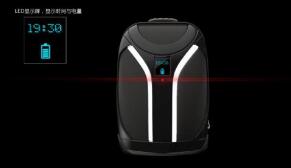
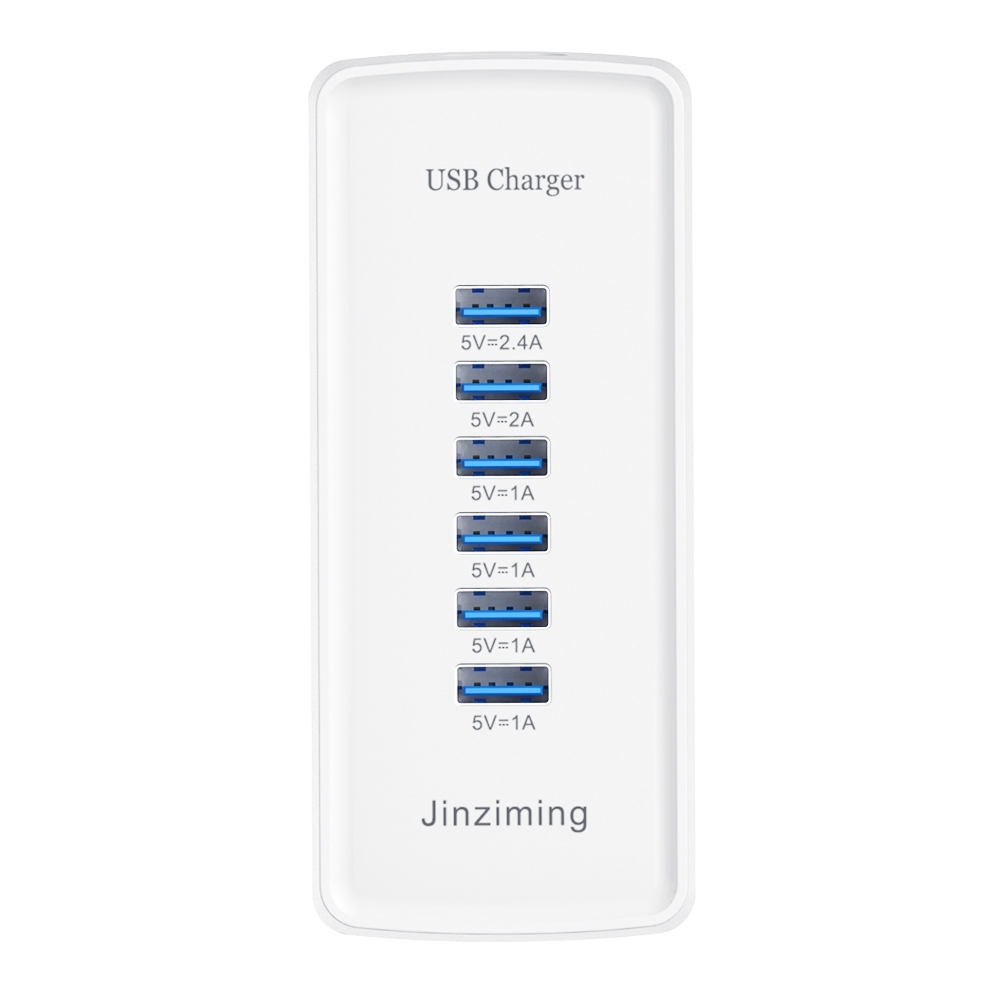
Product advantages:
1. Stylish, portable, practical and convenient home charger
2. 6-port USB emergency charger, which can be used safely for tablet computers and can charge 6 devices at the same time
3. Built-in IC chip and fuse, protection: over current, over voltage, short circuit protection
4. The latest release, new design, beautiful appearance, high efficiency and energy saving, the best alternative to the original charger
5. Chargers for MP3, MP4, GPS, PDA, e-books, mobile phones, digital cameras, tablets, etc.
Features
(1) Overcharge protection
(2) Over discharge protection
(3) Short circuit protection
(4) Voltage stabilization protection.
(5) Automatic identification of mobile phone current protection.
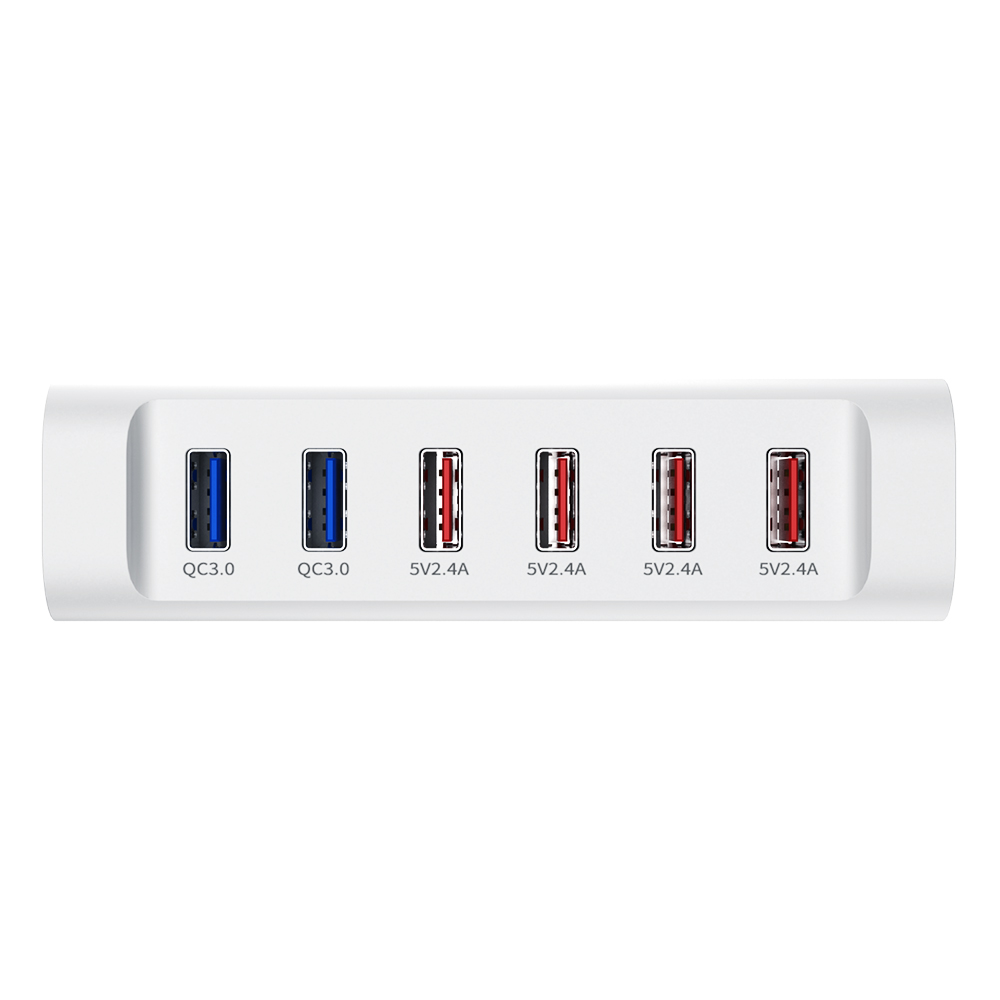
1. Connect up to 6 USB devices at a time, and each device will receive a unique and tailor-made charge. The maximum output power of QC3.0 is 18W, which can optimize the charging of all devices.
2.2QC3.0+4 ports total 6 charging ports, which can charge 6 devices with a total power of 84W at the same time
3. With multiple protection safety systems, the product will automatically adjust the charging current according to the needs of the device being charged. Automatically detect and adjust the charging current to charge your device at the fastest speed.
One machine for multiple uses
The USB charger can charge 6 devices at the same time, and the smart recognition technology will detect and provide the best charging level for each of your devices.
The maximum output current of a single USB port is 2.4A. 2QC3.0 has 6 charging ports, which can charge 6 devices at the same time without causing shunting or reducing power. The USB charger can quickly charge your devices. Smartphones and tablets can receive up to 2.4 amps of current, so you can use the device as you like while charging.
Over-current, over-charge, and short-circuit protection will make charging safe, without any risk of overheating or damaging the device. Passed CE/FCC/ROSH/PSE/CCC certification. Through safety certification to ensure safe use.
Usb Charger,Usb C Charger,Usb C Power Adapter,Portable Usb Charger
Shenzhen Jinziming Electronic Technology Co.,LTD , https://www.powerchargerusb.com
